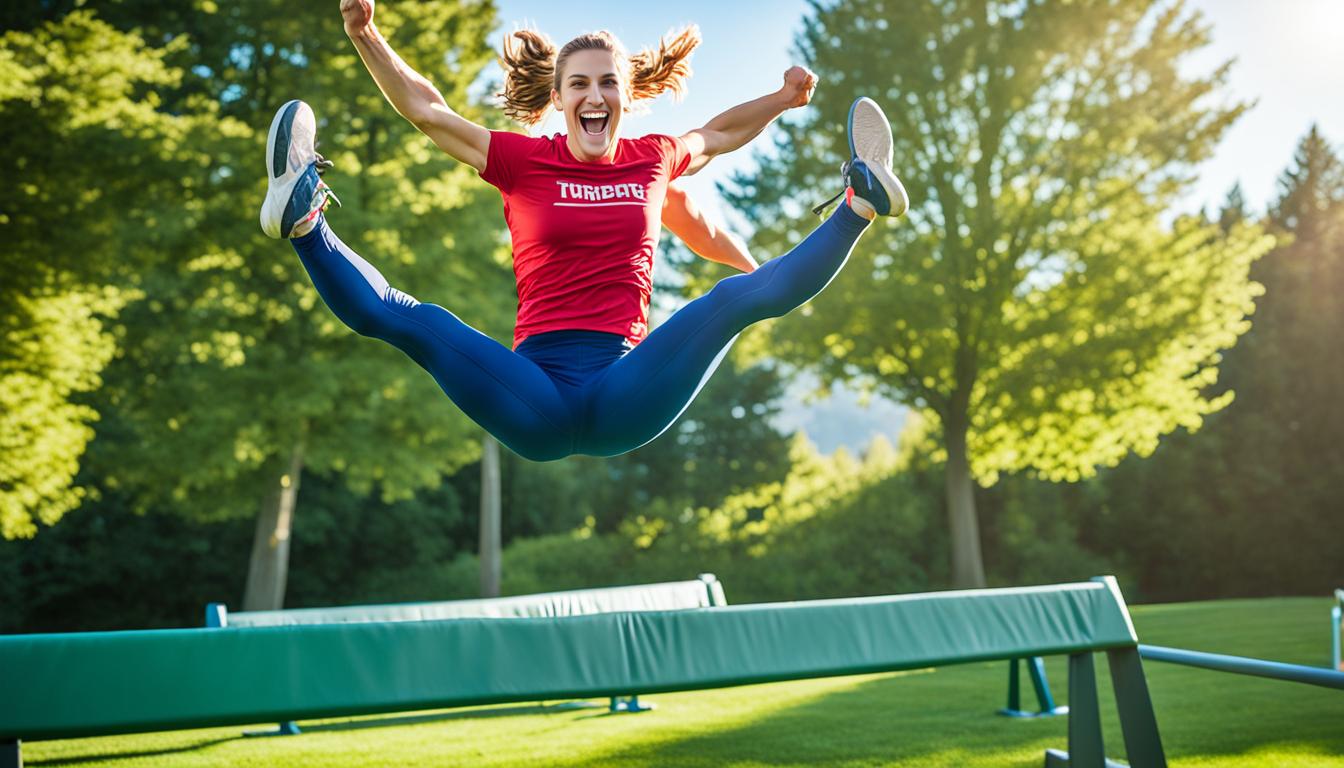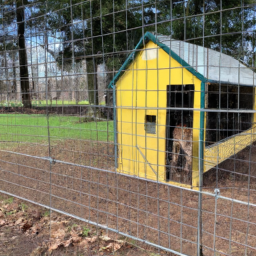Did you know that agility training can not only boost your fitness levels but also improve your overall quality of life? It’s true! Incorporating agility training into your workout routine can have a significant impact on your flexibility, strength, and mental fitness.
Agility training isn’t just for athletes; it’s for anyone who wants to enjoy the numerous benefits it offers. From reducing the risk of injury to strengthening your entire body, agility training has something for everyone.
Not only that, but agility training also helps create better muscle memory, leading to more effective workouts. By challenging your mental fitness, agility training keeps your mind sharp and engaged. And if you’re looking for a way to burn more calories, agility training is the answer!
So why wait? Start incorporating agility training into your fitness routine today and reap the rewards of a more flexible, stronger, and healthier body. Your journey to a better quality of life begins with agility training!
The Benefits of Agility Training for Dogs
Dog agility is a popular sport that offers numerous benefits for both dogs and their owners. It provides a fun and engaging way for dogs to improve their physical fitness, mental stimulation, and overall well-being. Let’s explore the various benefits of agility training:
- Physical Fitness: Agility training challenges dogs both physically and mentally. The rigorous exercise involved in navigating obstacle courses helps to improve their speed, endurance, and overall physical fitness.
- Mental Stimulation: Agility training requires dogs to think on their feet, problem solve, and make quick decisions. This mental stimulation keeps their minds sharp and engaged, preventing boredom and destructive behavior.
- Confidence Building: As dogs master new skills and conquer obstacles, their confidence grows. Agility training helps build their self-esteem and can improve their overall confidence in various situations.
- Improved Bond and Teamwork: Participating in agility training creates a strong bond and teamwork between dogs and their owners. It reinforces trust and communication, as dogs learn to follow commands and cues while working together with their owners.
- Discipline and Control: Agility training requires dogs to exhibit discipline and self-control. They must learn to follow instructions, wait their turn, and listen to their handler’s commands, enhancing their overall obedience skills.
- Socialization: Agility classes provide an opportunity for dogs to interact with other dogs and their owners. This promotes socialization and helps dogs become more comfortable and confident in different environments.
- Fun and Playtime: Agility training is a fun and enjoyable activity for dogs. It allows them to release pent-up energy, take part in playtime, and have a great time with their owners.
- Skill Building: Dogs participating in agility training learn and develop various skills, such as jumping, weaving, and balancing. These skills can translate into improved agility and coordination in their everyday activities.
- Managing Energy Levels: Many dogs, especially those with high energy levels, benefit greatly from agility training. It provides them with an outlet to channel their energy in a positive and controlled manner.
Overall, agility training offers a wide range of benefits for dogs, including improved physical fitness, mental stimulation, confidence building, enhanced bond and teamwork with their owners, discipline and control, socialization, fun and playtime, skill building, and energy management. If you’re looking for a way to engage your dog both mentally and physically while strengthening your bond, agility training is an excellent choice.
| Benefits of Agility Training for Dogs | Key Points |
|---|---|
| Physical Fitness | Improves speed, endurance, and overall fitness |
| Mental Stimulation | Challenges the mind and prevents boredom |
| Confidence Building | Builds self-esteem and boosts confidence |
| Improved Bond and Teamwork | Strengthens the bond and communication between dogs and owners |
| Discipline and Control | Enhances obedience skills and self-control |
| Socialization | Promotes interaction with other dogs and owners |
| Fun and Playtime | Provides an enjoyable outlet for dogs |
| Skill Building | Develops agility, coordination, and new skills |
| Managing Energy Levels | Channels energy in a controlled manner |
Getting Started with Agility Training
Before embarking on agility training with your dog, it’s essential to lay a strong foundation of basic obedience. Teaching your furry friend basic commands like sit, stay, and come will ensure they have the necessary skills to excel in agility.
Once your dog is familiar with obedience training, it’s time to take it slow and introduce them to the agility equipment gradually. Let them explore and interact with the equipment at their own pace, building their confidence with each new challenge.
During training sessions, it’s important to stay positive and use positive reinforcement techniques. This includes praising and rewarding your dog for their efforts and progress. Allowing them to associate agility training with fun and rewards will keep them motivated and engaged.
Safety should be your top priority in agility training. Make sure to use appropriate equipment and provide constant supervision to prevent accidents or injuries. If you’re new to agility, consider joining a class or training center. These environments offer guidance, support, and a chance to learn from experienced instructors and fellow agility enthusiasts.
Remember, agility training is meant to be a fun and enjoyable experience for both you and your dog. Embrace the journey and have fun exploring new challenges together. However, it’s important to be informed about the potential downsides, such as the physical demands of the activity and the time and financial commitment required. By considering these factors and taking them into account, you can ensure that you and your furry friend get the most out of agility training while keeping yourselves safe and happy.



